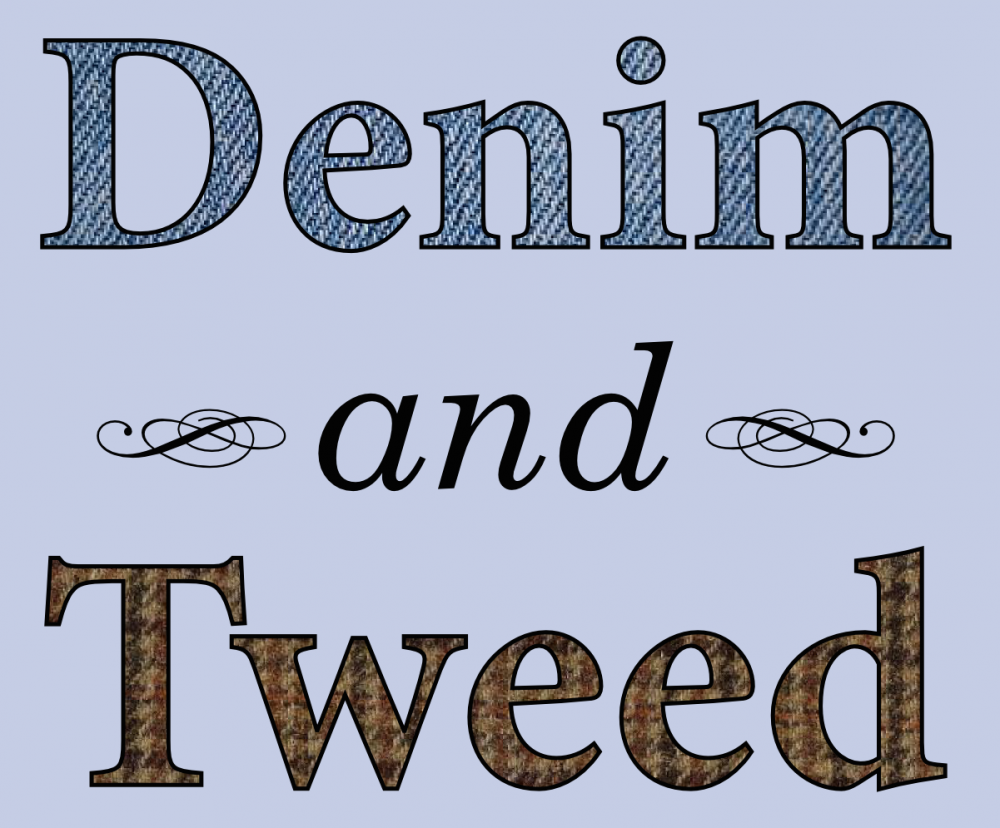 Lose the best pollinator, and the others are less effective. Photo by jby.
Lose the best pollinator, and the others are less effective. Photo by jby.- This week, at Nothing in Biology Makes Sense! The search for the missing human boner bone. And Yoder v. Brinkman, Round Two.
- And meanwhile … The Queer in STEM study is wrapping up sampling next week!
- Which is no good for effective, um, pollination. Loss of the most common pollinator in a meadow means the others are less loyal to individual flower species.
- But will they make it so? NASA’s shoestring side project in faster-than-light travel.
- What worked once, worked once. How to stop worrying and love the tenure track; and a dose of perspective on this kind of advice.
- Re-writing history or making it better? Alan Turing may finally get a posthumous pardon for an “indeceny” conviction that carried a sentence of chemical castration … but is that really the right thing to do?
- A quarter of the price, for a 76% failure rate? Massively open online courses aren’t working out so well for college students.
- Use gloves, folks. On the dangers of becoming allergic to the things you study.
◼









